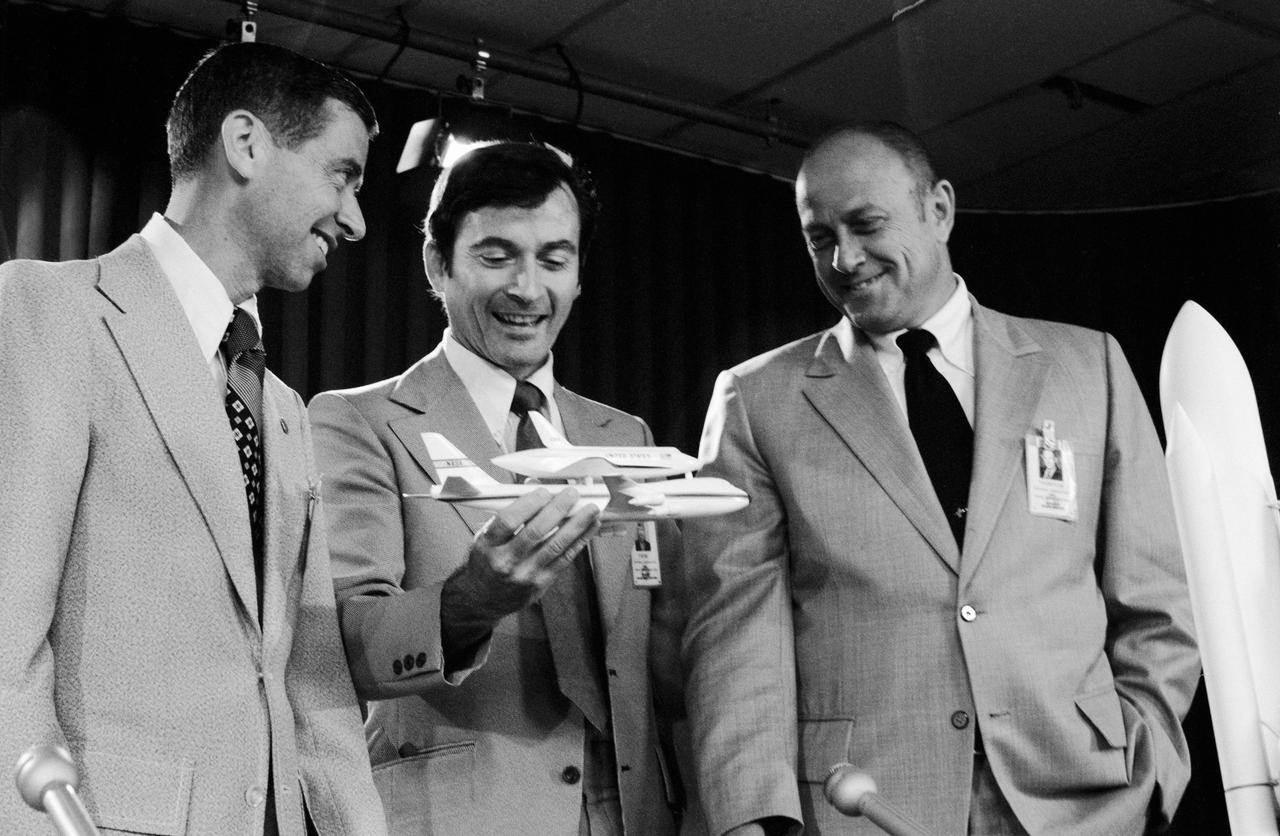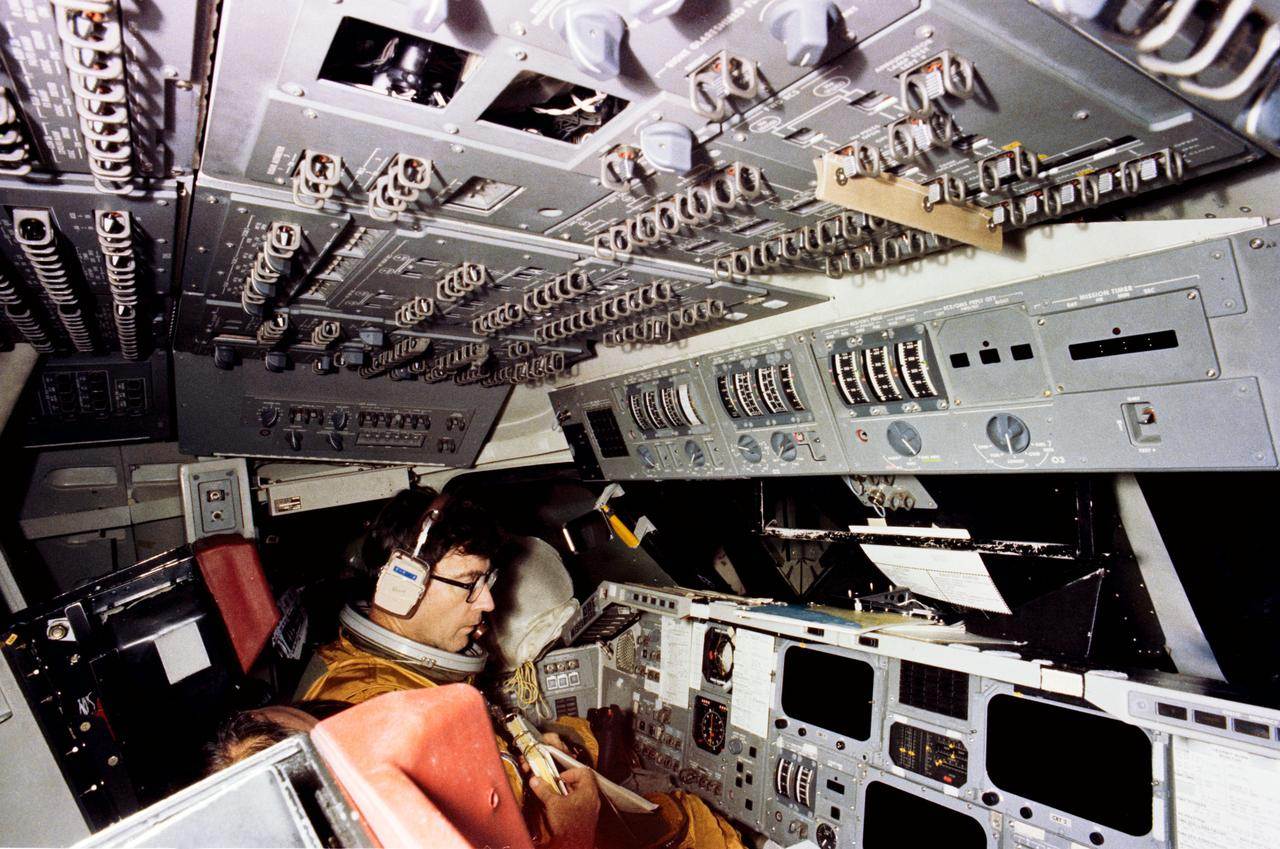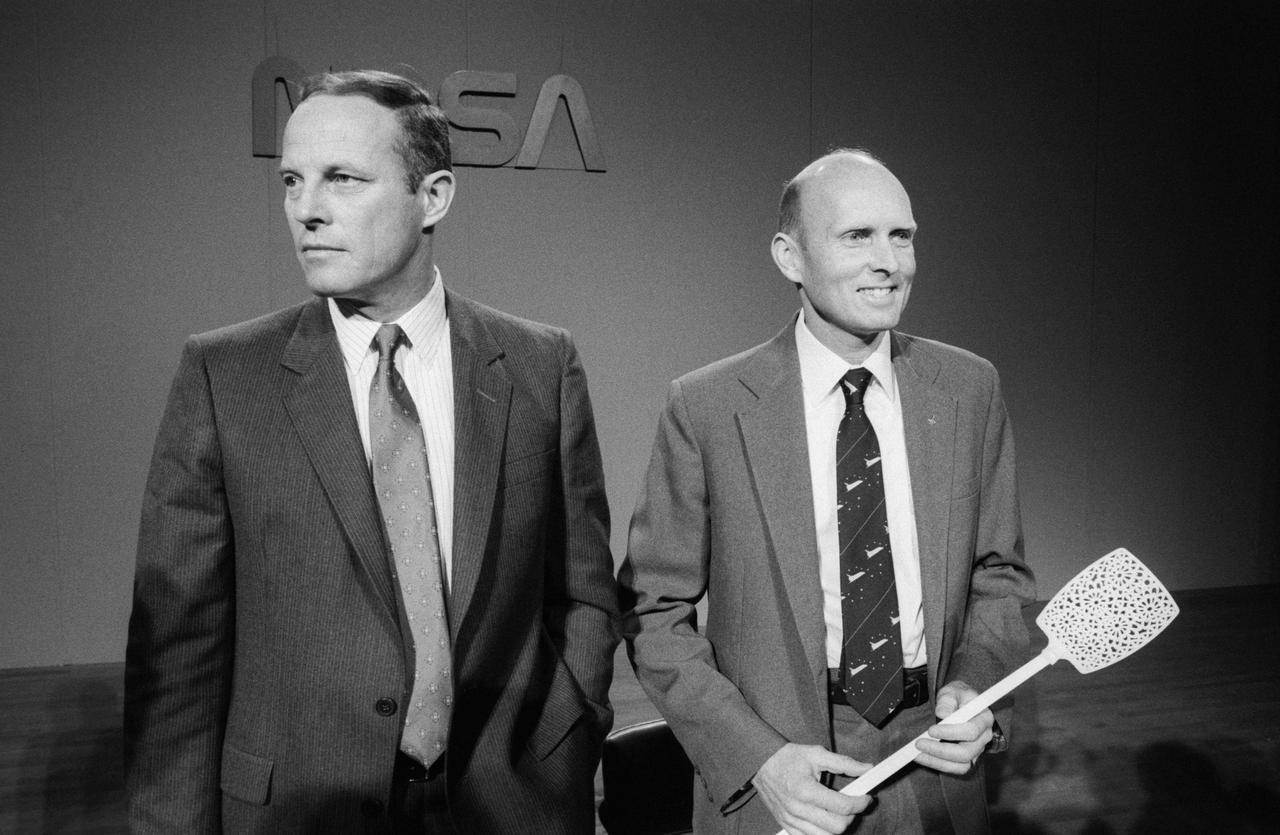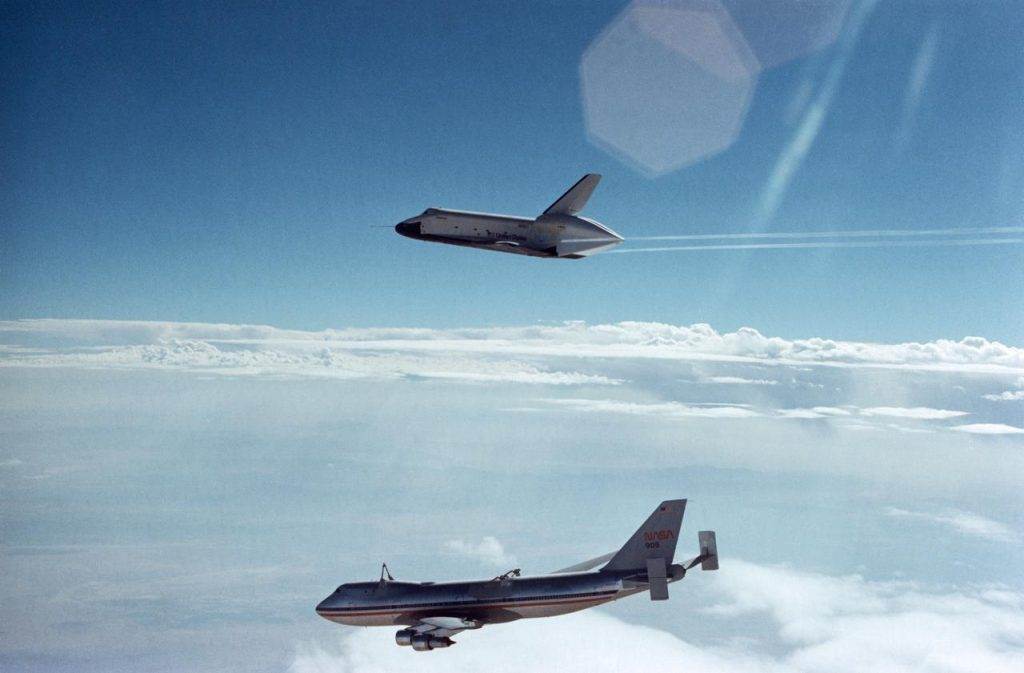This Space Available
By Emily Carney
A book in the works for several years by Retro Space Images’ J.L. Pickering (who supplied the fantastic Kodachrome visions in this blog’s recent 3rd Century America article) and veteran space reporter John Bisney was just released, and it was more than well worth the wait. Picturing the Space Shuttle: The Early Years, published by the University of Florida Press, contains a wealth of many never-before-seen photos and images that encompass the Space Transportation System’s formative years. Here, we see a Space Shuttle that doesn’t just start with STS-1, Columbia’s first orbital flight that launched on April 12, 1981. We see the program’s development that begins as the Apollo lunar missions are still in full swing, and how that development spans in starts and fits throughout the 1970s and early 1980s.

The book is divided up chronologically, and in its beginnings showcases the (sometimes comical) Shuttle concepts that were seriously up for consideration circa 1969 through 1972, when NASA was seeking its next big program after Apollo. Here we see all types of orbiters perched atop Saturn stages, and various contractors’ visions – Lockheed here, Grumman there – of what the Shuttle could’ve been.
As the decade rolled on, the definitive design was locked in, but serious issues – including perfecting the orbiter’s RS-25 engines, and the Thermal Protection System’s tile bond process – kept the Shuttle from launching during the 1970s (the vehicle was supposed to get into orbit by 1978). The book addresses these setbacks with its copious photos and text, showing the incredulous faces of first orbital flight crew John Young and Bob Crippen at a press event when Columbia arrived at Kennedy Space Center in March 1979, sans many of its heat shield tiles. As Young said years later, “The Shuttle wasn’t even finished yet.” One gets the sense that even those most dedicated to the program thought only magic would get the Shuttle finally flying.

However, those delays didn’t mean the Space Shuttle didn’t get off the ground during the 1970s. Picturing the Space Shuttle is one of the few books that acknowledges the 1977 Approach and Landing Tests (ALT) program, and boy, it doesn’t disappoint. Seeing Fred Haise – who historically should be considered the first Shuttle commander, not to diminish Young but to rightfully acknowledge his role in pioneering the program – and pilot Gordon Fullerton busy in Johnson Space Center’s Orbiter Aeroflight Simulator, climbing up into Enterprise via cherry picker, and ultimately flying Enterprise despite an early General Purpose Computer failure is truly a thing of joy. Of course, Joe Engle and Richard Truly – who also flew Enterprise during the tests, and launched aboard the second orbital flight – are well-documented photographically, too. You’ll find yourself pulling for the Enterprise crews, just like it was 1977 all over again.
And of course, by the time the book reaches April 1981, the reader is alternately stressed and excited to see Young and Crippen finally make it to space, even though we know how that story ends. Despite losing tiles on the orbiter’s OMS pods, Columbia made it back to Edwards Air Force base on April 14, wrapping up a successful maiden voyage and, in author Tom Wolfe’s words, “closing a circle.”

The Space Shuttle program may have ended with Atlantis’ twin sonic booms over KSC’s Shuttle Landing Facility over a decade ago, but in many ways, its legacy is still being written. Many arguments have broken out on social media questioning the program’s usefulness versus its riskiness, and often the Shuttle has been compared to, say, Apollo, which seems rather unfair since both programs had completely different objectives. Despite all arguments, Picturing the Space Shuttle is a rich, moving visual document, illuminating how the Shuttle revolutionized space vehicle development at a time when NASA needed something new, exciting, and truly revolutionary; while the program is over, its resonances are still very much felt. Let’s hope for another installment of this book series that showcases the Shuttle’s “middle” years.
Picturing the Space Shuttle is available for purchase via the University of Florida Press’ website, and via Amazon.
Featured Photo Credit: “S77-27512 (12 Aug 1977) — The Shuttle Orbiter 101 Enterprise soars above the NASA 747 carrier aircraft only seconds after separating during the first free flight of the Shuttle Approach and Landing Tests (ALTs) conducted on August 12, 1977 at Dryden Flight Research Center in Southern California. Astronauts Fred W. Haise Jr., and C. Gordon Fullerton were the crew of the Enterprise. The ALT free flights are designed to verify Orbiter subsonic airworthiness, integrated systems operations and pilot-guided approach and landing capability and satisfying prerequisites to automatic flight control and navigation mode.”
*****
Emily Carney is a writer, space enthusiast, and creator of the This Space Available space blog, published since 2010. In January 2019, Emily’s This Space Available blog was incorporated into the National Space Society’s blog. The content of Emily’s blog can be accessed via the This Space Available blog category.
Note: The views expressed in This Space Available are those of the author and should not be considered as representing the positions or views of the National Space Society.



















